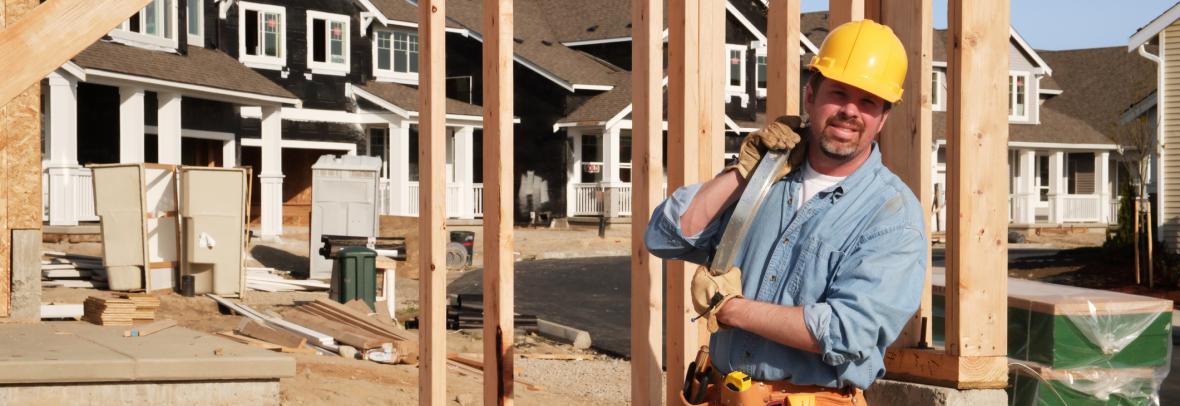
Total housing starts fell 2.0% in June. Weakness in the single-family sector was partially lessened by a 10.3% rise in the multifamily sector.
WASHINGTON – Overall housing starts fell 2.0% to a seasonally adjusted annual rate of 1.56 million units in June from an upwardly revised reading the previous month, according to a report from the U.S. Department of Housing and Urban Development and the U.S. Census Bureau.
A June reading of 1.56 million housing starts represents the number that would begin development if June’s pace continued for a full year.
Within the overall number, single-family starts decreased 8.1% in June, to a 982,000 seasonally adjusted annual rate – its slowest pace since June 2020. The multifamily sector, which includes apartment buildings and condos, increased 10.3% to an annualized 577,000 pace.
“Single-family starts are retreating on higher construction costs and interest rates, and this decline is reflected in our latest builder surveys, which show a steep drop in builder sentiment for the single-family market,” says Jerry Konter. “Builders are reporting weakening traffic as housing affordability declines.”
“While the multifamily market remains strong on solid rental housing demand, the softening of single-family construction data should send a strong signal to the Federal Reserve that tighter financial conditions are producing a housing downturn,” says NAHB Chief Economist Robert Dietz. “Price growth will slow significantly this year – but a housing deficit relative to demographic need will persist through this ongoing cyclical downturn.”
On a regional and year-to-date basis, combined single-family and multifamily starts are 4.4% lower in the Northeast, 4.7% higher in the Midwest, 11.1% higher in the South and 0.4% lower in the West.
Overall permits – an indication of future building activity – decreased 0.6% to a 1.69 million unit annualized rate in June, with single-family permits down 8.0%.
Multifamily permits increased 11.5%.
Looking at regional permit data on a year-to-date basis, permits are 5.1% lower in the Northeast, 2.5% higher in the Midwest, 2.9% higher in the South and 3.0% higher in the West.
© 2022 Florida Realtors®
Go to Source
Author: kerrys



